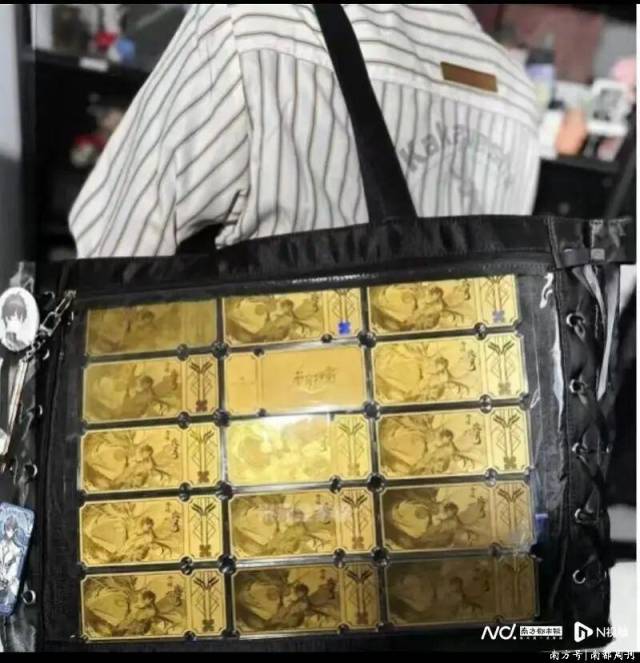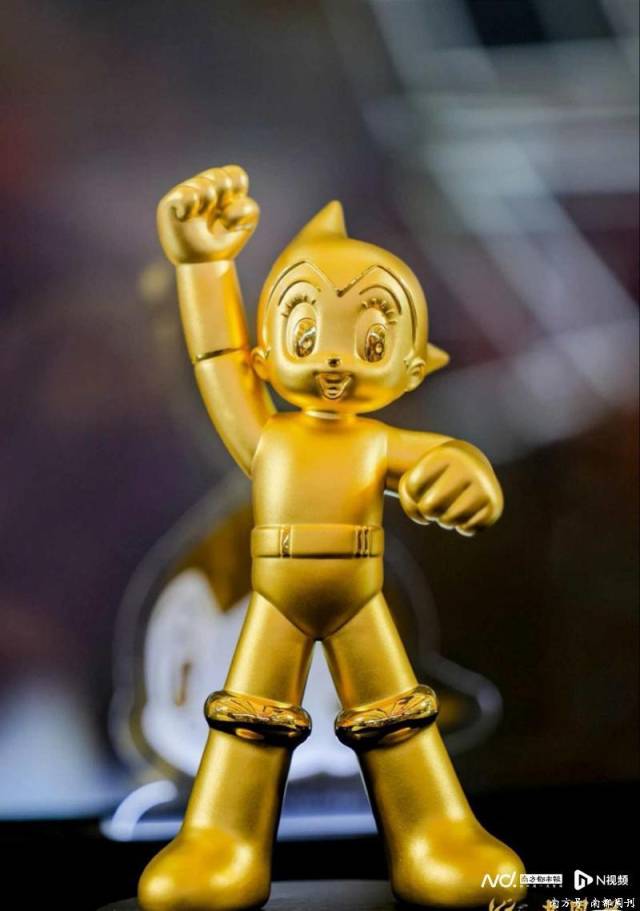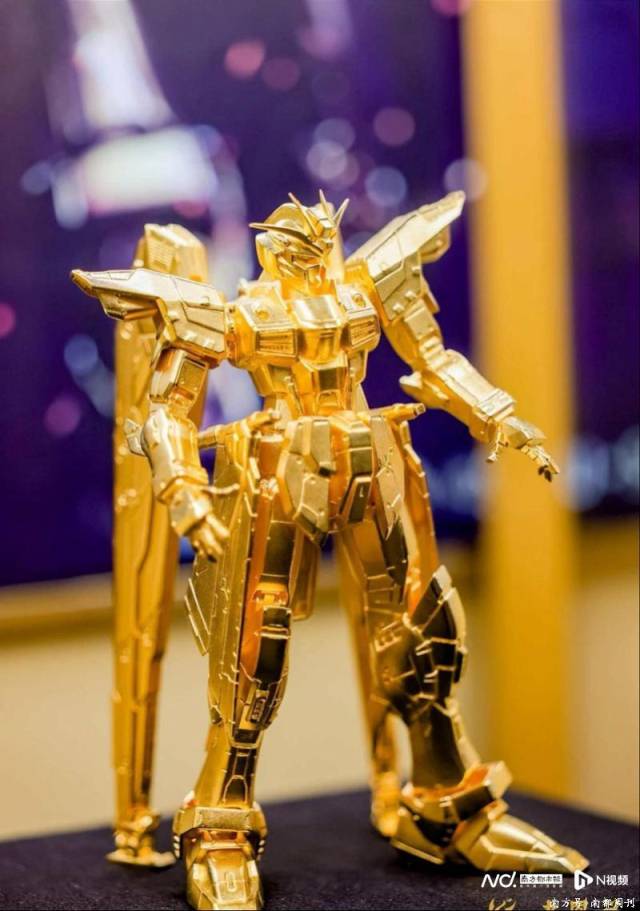In recent years, a trend known as "ita culture" has emerged within anime, comic, and gaming (ACG) fan communities. The term "ita," derived from the Japanese word "itashi," meaning "to pain" or "to show off," refers to the practice of decorating personal items with images of beloved fictional characters.

Photo: Southern Metropolis Daily
What started with "itasha" (decorated cars), "ita bags" (accessory-covered bags), and "ita pens" (customized pens) has now evolved into a new phenomenon: "ita gold," gold products featuring popular intellectual property (IP) characters.
Major jewelry brands like Chow Tai Fook, Chow Tai Seng, Lao Feng Xiang, Chow Sang Sang, Lao Miao Jewellery, and CHJ Jewellery have all launched IP-collaboration gold products featuring characters from hit series such as Chiikawa, Saint Seiya, Pokémon, Disney, and POP MART.

 Chiikawa jewellery collections (Photo: Chow Tai Fook)
Chiikawa jewellery collections (Photo: Chow Tai Fook)
Unlike traditional gold jewelry sold by weight, these IP-themed items are sold at a fixed price, often using advanced 3D, 5D, or 5G crafting techniques, sometimes combined with enamel painting. As a result, they are significantly more expensive per gram.
For example, on September 17, the market price for pure gold was around ¥1,087 per gram. Yet, IP gold products were priced between ¥1,300 and ¥2,800 per gram. A Chow Tai Fook Chiikawa pendant weighing only 0.2 grams was sold for ¥560, meaning customers paid ¥2,800 per gram, nearly three times the standard gold price.
Interestingly, the same products are often resold on second-hand platforms like "Xianyu" for much less, suggesting that their high value is closely tied to emotional appeal and limited availability rather than material worth.
Emotional spending behind "ita gold"

Photo: Southern Metropolis Daily
"Ita gold" is essentially an emotional purchase. Its target consumers are mainly Gen Z youths who are deeply engaged in ACG culture. They are drawn to personalized products that reflect their identity and passions and are willing to pay a premium for limited-edition items connected to their favorite stories and characters.
Brands have been quick to respond. Chow Tai Fook debuted its IP collaboration series, including products inspired by the video game Black Myth: Wukong and the manga Chiikawa at the Bilibili World exhibition in July. Similarly, Lao Feng Xiang partnered with Bandai Namco on a Mobile Suit Gundam SEED gold collection and with Saint Seiya for a line of gold cards, pendants, and figurines.

Lao Feng Xiang's Saint Seiya collection (Photo: Southern Metropolis Daily)
Despite an overall decline in gold jewelry consumption in China this year, down 26% year-on-year in the first half, IP-themed gold has performed exceptionally well. Chow Tai Fook's Black Myth: Wukong series generated over ¥150 million in retail sales, while Lao Feng Xiang's Saint Seiya collection approached nearly ¥100 million in just two weeks.
Can "ita gold" save gold jewelry market?
According to the World Gold Council, young people aged 18 to 34 now account for more than one-third of gold jewelry sales in China. Their strong purchasing power and willingness to spend on emotional and cultural products have made them a key driver of growth in the industry.

Netizens "show off" their "ita gold." (Photo: Nanfang Plus)
However, while "ita gold" has gained popularity as a niche product, it is unlikely to replace traditional gold jewelry as the market mainstream. Its high price is largely based on IP popularity and limited availability, factors that can change quickly. Once the hype fades, resale value may drop significantly.
Wang Hongying, president of the Institution of Financial Derivatives of China, advises that consumers should view "ita gold" as a form of cultural consumption rather than as an investment. Those looking for value preservation should still turn to gold bars or conventional gold jewelry, which are less influenced by trends and offer more stable value.
In short, "ita gold" represents a new blend of emotional value, youth culture, and luxury consumption. It reflects how gold brands are adapting to attract a new generation, even if the product itself is more about identity and passion than pure investment.
Author | Jiang Chang
Editor | Wei Shen, James Campion, Shen He
















